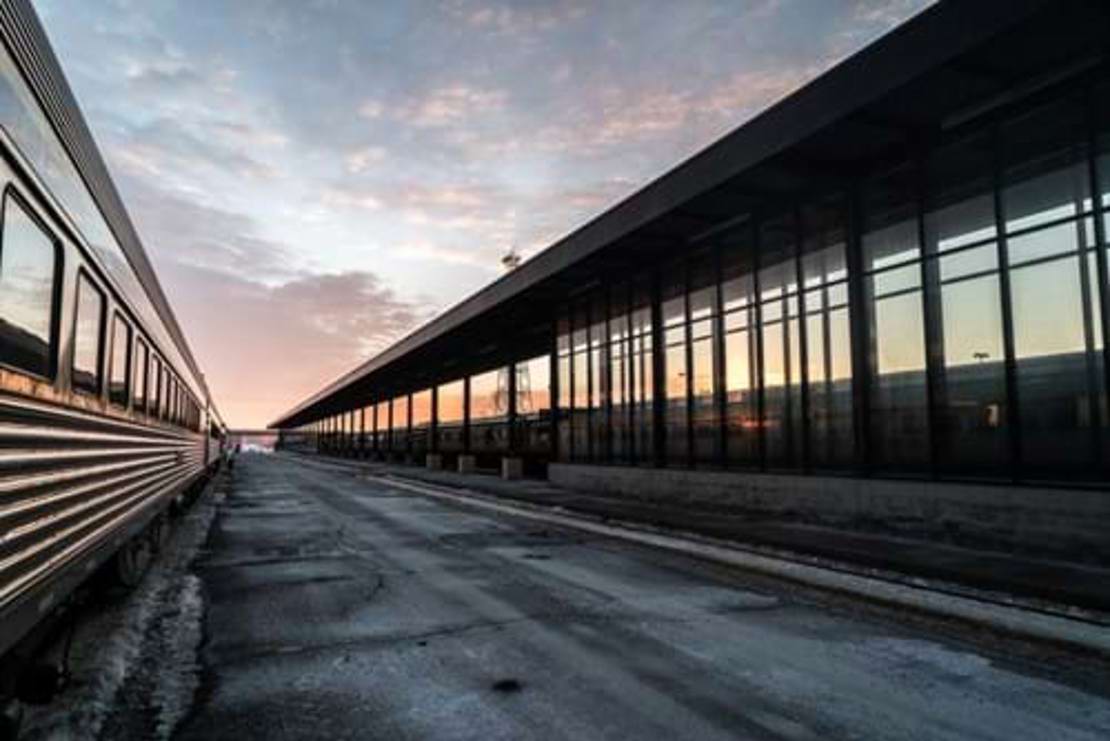
Eternally thankful that we all are on the fellowship spirit and focus on a common cause, these are moments when resource scheduling tools can also be a precious support in swift and optimized re-scheduling.
Our CREWS product can contribute to just that, namely by providing support for train operators to quickly react to, for example, weather reports predicting severe weather conditions for the next day. These events have a deep effect on the operation and, therefore, train operators often resort to operate a train schedule with reduced number of train trips. These short-notice events often require deep changes to what was initially planned and a short time to perform those changes in time to publish the new plan to the staff that is scheduled to perform the work the following day.
The following content is part of a paper that describes how the Dutch Railways (NS) rapidly adjusts the operational plans for the next day and how this can only be achieved with algorithmic support, in particular with the one provided by SISCOG’s CREWS for the part related with crew, namely train engineers and conductors.
The paper is co-authored by Pieter-Jan Fioole, Dennis Huisman, Gábor Maróti, and Ricardo L. Saldanha, and addresses the optimization of planning for the next day in emergency scenarios at the Dutch Railways (NS).
Goals
After the train schedule (timetable) was reduced and the rolling stock plans adjusted accordingly, the objective was to:
- minimize the total cost of the duties and
- minimize the total cost of the tasks left uncovered
Solution
The CREWS-based optimizer, with around 8,000 tasks to be scheduled, was able to find in just 2 hours of running time solutions:
- with acceptable operational costs,
- with 7% of stand-by crew (that can help to solve disruptions in the next day).
PAPER: Reduced (winter) timetable in the Netherlands: Process, Mathematical Models and Algorithms
Abstract
In the winters of 2009-2012, severe weather conditions drove the Dutch railway network out-of-control a couple of times: Operations came to a full standstill and hardly any passenger information was provided. To prevent these situations, a reduced train schedule (timetable) is operated on days with severe weather conditions. The reduced train schedule with about 20% less trains is prepared one day before the actual operation based on the latest weather forecast. The reduced train schedule, as well as the corresponding rolling stock and crew schedules, are prepared within 16 hours. This paper discusses the process of generating a reduced timetable, and the algorithms (based on the mathematical models) to construct the adjusted rolling stock and crew schedule. These algorithms are implemented in TAM software for rolling stock scheduling and CREWS for crew scheduling. Since 2012, this process has been applied for about 20 times.
Full paper here.
